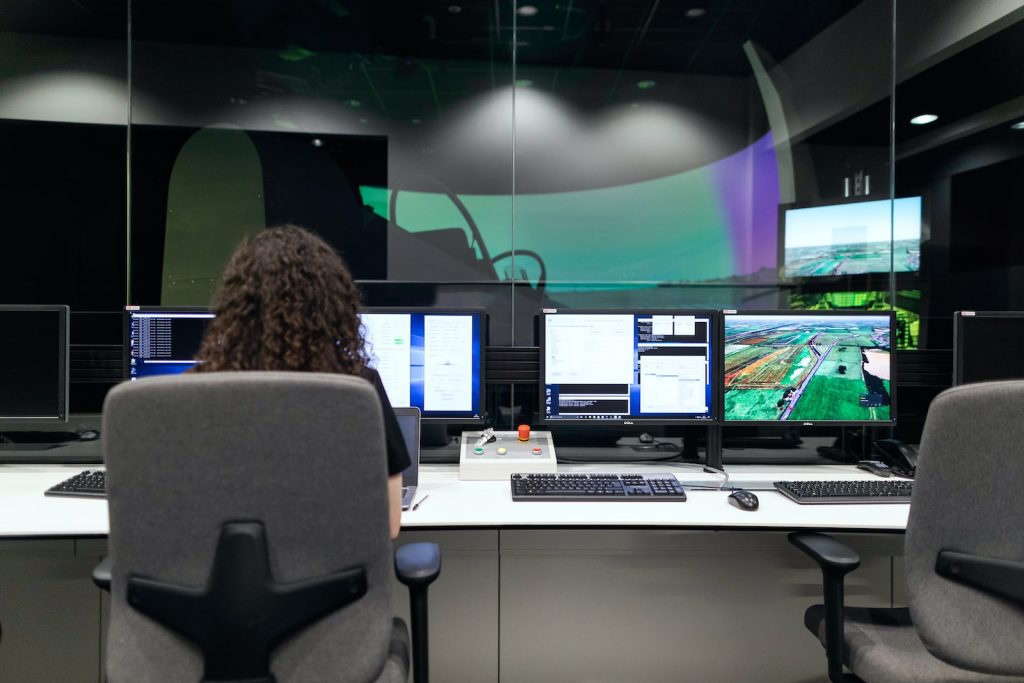Modern, cloud-based enterprise resource planning (ERP) systems are much more than a buffer against ongoing market disruption. As digitalization shakes up long-held business practices, experts are researching a new vision for the future of ERP applications in the cloud, based on composable enterprise. In Gartner’s 2022 top trends research, analysts predicted that by 2024, 80% of surveyed CIOs will rank modular business redesign through composability in their top-five reasons for accelerated business performance. It’s a reckoning for many of the assumptions behind on-premise software design.
“Composable enterprise from an organizational perspective means you can recompose processes dynamically and rearrange based on interchangeable building blocks when needed, without specialist knowledge or a developer,” said Martin Heinig, head of New Ventures and Technologies at SAP. “We are exploring the business logic in current SAP ERP systems to make it more agile and adaptable without sacrificing core values like compliance and reliability. What’s more, if you use disconnected tools today, you might have an audit problem, while third-party software might cause integration issues. The question for us is how a future SAP system can help companies overcome these challenges successfully.”
Heinig’s remarks were part of a session at the SAP Sapphire Orlando event, where he outlined some of the exciting research his team was working on to make the composable business vision a reality.
Business Benefits Beyond Traditional Software
While there’s little doubt about the value of a composable business strategy where companies can dynamically respond to market changes, building that kind of platform will require rethinking traditional software development approaches including standardization, data harmonization, and semantics to make sure the company can still run its end-to-end business processes. Heinig simplified the challenge using an example of a supermarket chain that wanted to quickly source and sell more oat milk to meet suddenly spiking consumer demands.
“Selling oat milk to consumers, the supermarket is doing business with farmers, wholesalers, and other providers,” he said. “To source a new product like this, the company needs to conduct a credibility check of external suppliers. The composable platform would allow the supermarket to conduct that check easily across order management through fulfillment, sourcing from trusted suppliers and getting the product on shelves to satisfy local consumer demands.”
Rethinking ERP Software for Composability
Customers do not want business software. They want digital business processes that grow with them according to Ralf Teusner, who joined Heinig on stage to talk about the research he was involved with at the Hasso Plattner Institute. Teusner said his research was focused on challenging assumptions about software to explore how to build the world’s most standardized custom software. Admittedly an academic exercise, this research is nonetheless focused on how to rethink ERP software for the modern world. After talking with people from companies of all sizes, they concluded that data was most important when making any kind of change.
“We’re looking at a process execution architecture that’s value-driven, and because we’re at university, we are not afraid of breaking things,” said Teusner. “We discovered that data migration and process integration are the major challenges for companies. Unless we jointly address data as well as control flow in end-to-end business processes, each change management [project] can break business continuity.”
Composability Democratizes Innovation
Among the many questions that researchers face in creating a composable process platform are what functionalities will be part of the existing stable core and what a reusable business component will look like, not to mention the execution architecture, scalability, software and common languages used, and KPI tracking. Both Teusner and Heinig saw the transition as a years-long vision to achieve in partnership with academia. Composability could result in greater openness for partners across an organization’s ecosystem, giving other companies easier access to innovations. Of course, this potentially upends traditional technology sector intellectual property (IP) norms.
“To make this a reality, you need an engineer’s mindset,” said Teusner. “Right now, CIOs guard their data because it’s core to their business and it’s their IP. They’re not ready yet, but maybe they will be in five years…You’re democratizing how to configure the system, leading to adaptability for greater business efficiencies.”
Gartner’s definition of a composable business is “an organization that is architected for real-time adaptability and resilience in the face of uncertainty.” In this day and age, there’s no stronger argument for moving ahead to achieve that vision.


